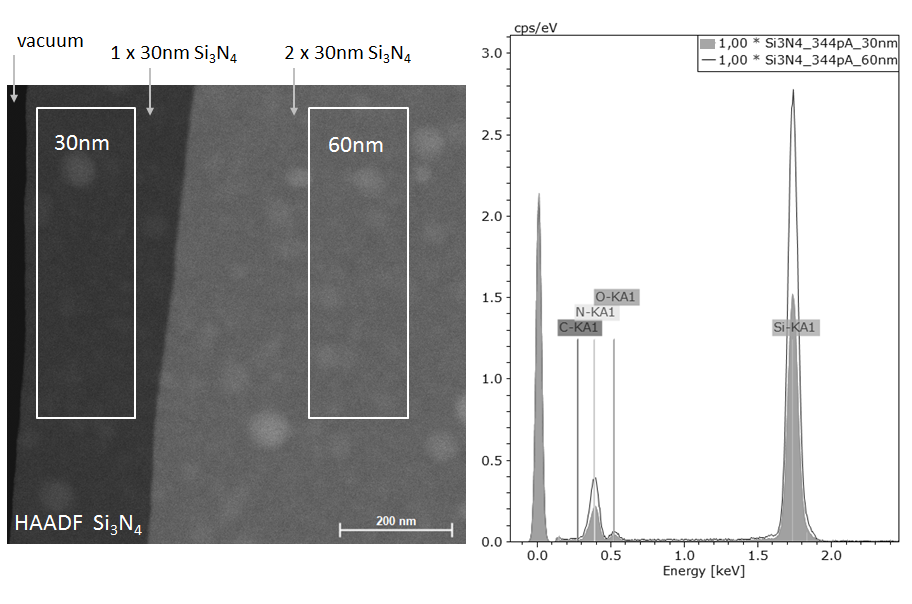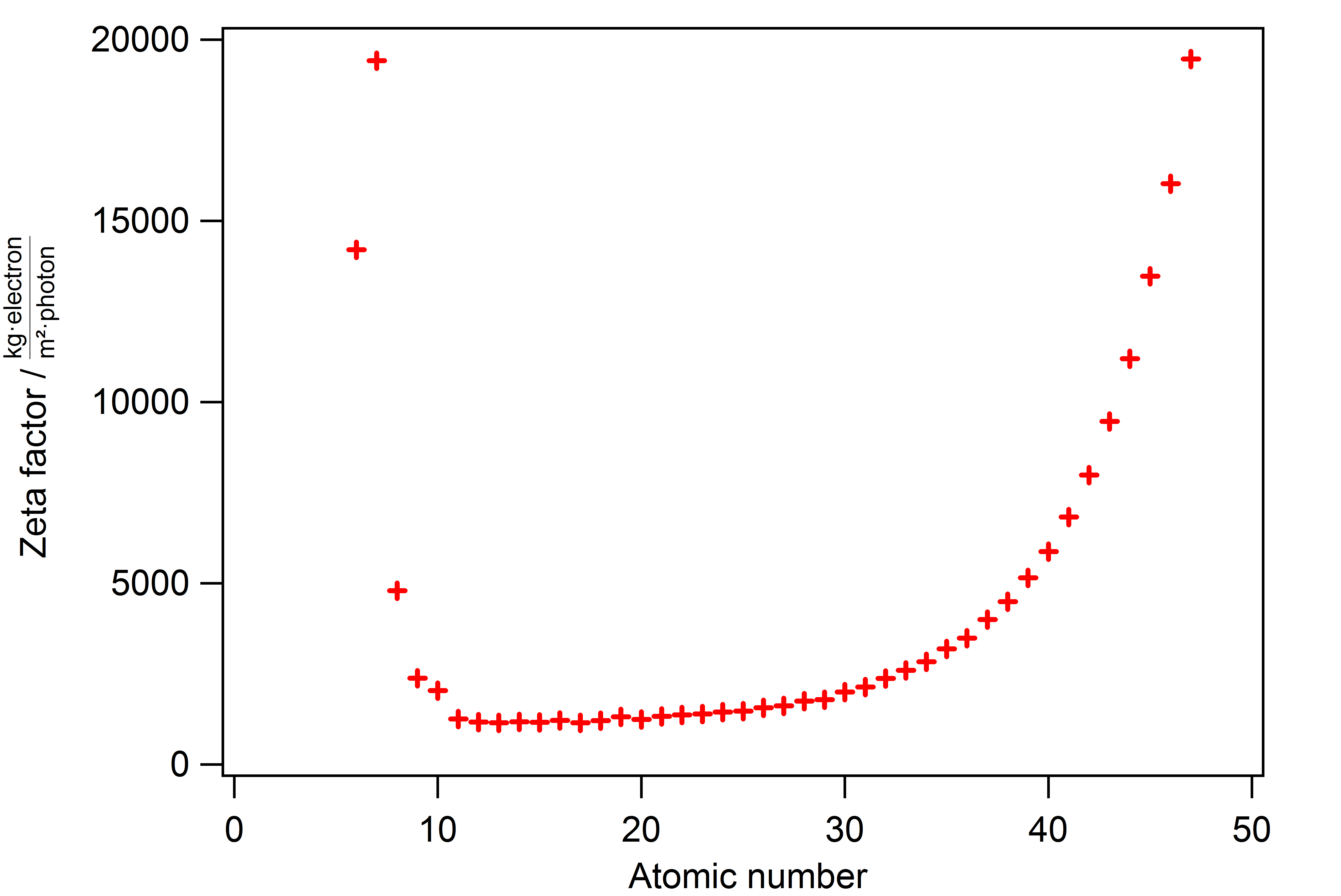IT-5-P-2785 Implementation of the Zeta-factor method for quantitative EDS
Energy dispersive X-ray spectroscopy is well-established for composition analysis of electron transparent samples in STEM, TEM and SEM. This contribution reports on the implementation of the Zeta-factor method [1, 2] as an absolute EDS quantification method and opposed to the widely used relative Cliff-Lorimer method. The latter can provide quantitative data on the accuracy level of a few at% already and if using large solid and take-off angles even ppm. The quantitative results from the Cliff-Lorimer method are only valid relative to a standard though. Additionally, it has to be assumed that absorption and fluorescence effects can be neglected or it has to be realized that the thickness and composition of the sample of interest are close to the thickness and composition of the standard used, so that absorption and fluorescence cancel out.
An alternative quantification procedure, the Zeta-factor method, has been suggested and developed by M. Watanabe. It includes information on the beam current, sample thickness and density for the standard and can thus provide the absolute quantification of sample compositions while accounting for absorption and fluorescence effects. To obtain all this data, the just mentioned parameters must be well known for a standard sample and it must be possible to measure the beam current during the experiment with the sample of unknown composition and unknown thickness as well.
The Zeta-factor method is currently being implemented and tested in the Bruker ESPRIT software using various standards. For an initial test procedure a 30nm Si3N4 foil (commercially available from Agar) was used as a standard. The foil was punctured by the electron beam to produce folds of known thickness and composition. The spectrum from one of these areas (Fig 1) was processed to determine the net count number for individual X-ray lines and then to compute the respective ζ-factors for Si-K and N-K. Those ζ-factors were then tested on a Si3N4 sample region of a different well known thickness and vice versa.
The experimentally determined ζ-values can be used to calculate a proportionality factor to the respective Cliff-Lorimer factors, theoretically obtained from available atomic data and considering the detection geometry. Based on the experimentally specified Zeta/Cliff-Lorimer factor ratio the Zeta-factors for all element K-lines can then be calculated (Fig.2). Further tests on more complicated material systems including absorption and fluorescence effects are necessary.
[1] Watanabe M, Horita Z, and Nemoto M, Ultramicroscopy 65 (1996) 187–198
[2] Watanabe M. & Williams D.B, J. of Micr. Vol. 221. (2006) 89-109.
We gratefully acknowledge helpful discussions with W. Grogger and S. Fladischer from the ZELMI in Graz, Austria.

